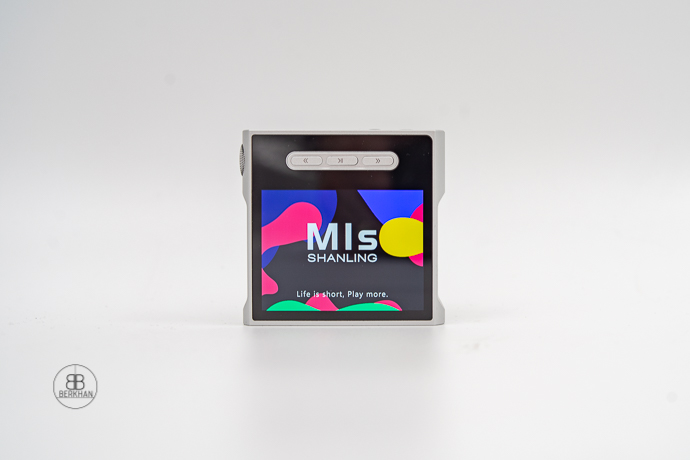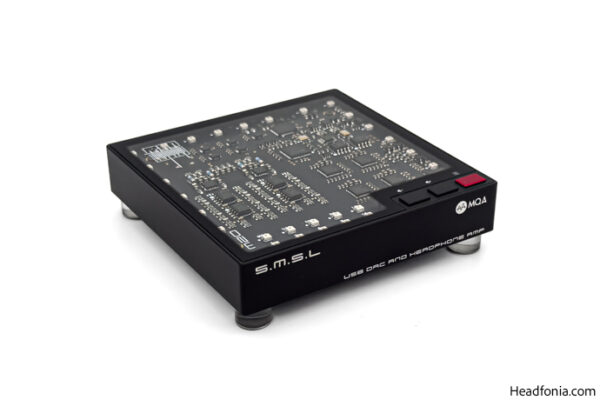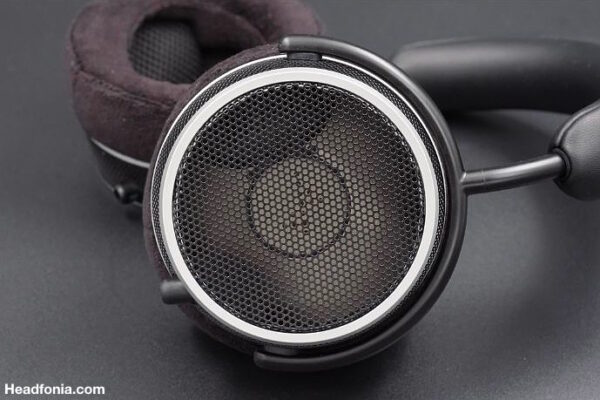Technical Performance & Synergy
Starting with the stage, the staging performance is not very impressive. The width is fairly good, but the depth is not so, and it sometimes presents the music too much in your face. So overall layering and staging performance are not exceptional.
Tonality is excellent, although mid-bass could’ve been less in quantity and presence, to have a more linear and spacious presentation. The background is very good, as I couldn’t hear any hiss with IEMs. The player has good separation and transparency for that matter and good positioning. The sound stage is of course not very deep, it is pretty close and intimate when compared to higher-end models. In that regard, it is not significantly better than the M0 Pro in terms of layering, separation and overall stage magnitude.
Still, the presentation is soothing and relaxed, and when I wrap my mind around it, I think people mostly wouldn’t pay attention to the most neutral and detailed performance with this device. It should provide some good music on the go with good enough quality, and it does that.
For this price, I don’t have too many complaints about its overall performance. The resolution, transparency and tonal balance are all good. The dynamism is quite good as well, but it’s easily noticeable that better sources put a big margin in there.
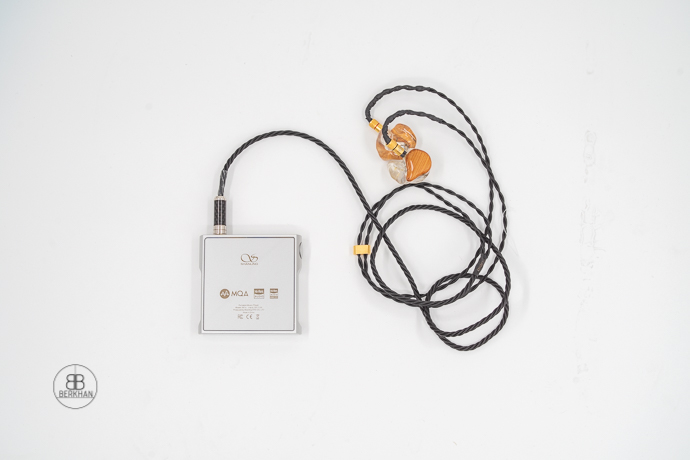
Power-wise it’s all good for almost any IEM. For full-size headphones, I managed to drive Meze 109 Pro and Hifiman Arya Stealth. I struggled a bit with the Hifiman, but I still got to extract some juice to listen to music at a sufficient volume. I would say the overall power is at a borderline level with full-size HPs.
For synergy, I recommend bright and neutral IEMs and headphones with the M1s. Its very warm and highly smooth sound can be countered best with those types of equipment.
Comparisons
The new R3 Pro Saber 2022 is a good DAP, with excellent features and form factor. The M1s has the Shanling house design though, which is notably cooler, striking and more modern looking. It wins on aesthetics. For form factor, these two are similar. The Shanling’s screen is clearly better though for resolution and colours.
On the features side Shanling players have the excellent SyncLink function, which I like better than Hiby’s HibyLink. But that’s just a personal matter. These two both have WiFi, but the big advantage of the HIBY model is streaming. You can stream music on Qobuz and Tidal on the R3 Pro Saber 2022, which is a huge plus over the M1s. Shanling might add Tidal support to the M1s with a software update, but that’ll take some time I reckon.
For sound, the R3 Pro Saber 2022 has a more neutral and realistic sound which is more on the audiophile side, whilst the M1s targets a smooth, satisfying, more likeable sound which is much more musical and full. The R3 Pro 2022 sounds brighter, airier and more spacious in the staging department and overall delivery. It has a more realistic tonality, with a studio type of approach. The M1s has a musical delivery, with a full-bodied sound. So this is a comparison that comes down to your set of IEMs/HPs.
The M1s is simply a better-sounding M0 Pro in a bigger chassis. M1s’ bass is more definitive and impactful, its mids is even more forward with slightly more detail, and the treble is more extended, cleaner and brighter. The soundstage is not that different, but to me, the M1s has better separation, especially in treble.
I think Shanling should’ve included streaming functionality with the M1s from the beginning, to separate this model from the M0 Pro more cleanly. At the current stage, the three most important factors are WiFi, size, and UI. You can do many things that M1s does with the M0 Pro as well. WiFi is just for OTA updates and AirPlay or DLNA. A streaming option should be added to make this device more attractive to a bigger crowd.
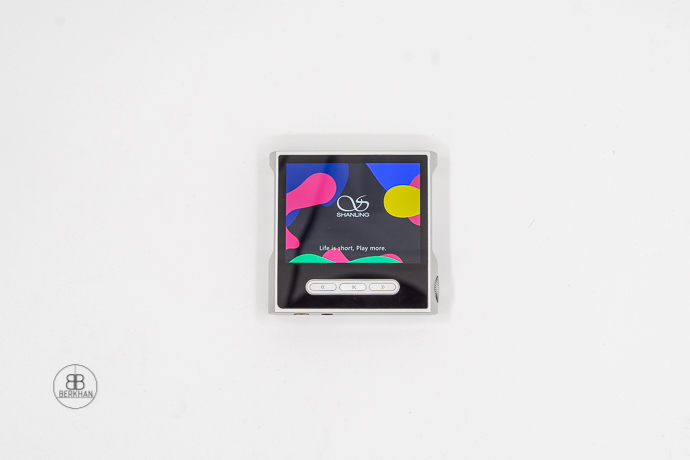
Conclusion
The Shanling M1s, with its unique design and sound, is surely a very nice DAP that fills the space between the ultra-compact M0 Pro and the mid-sized M3 Ultra. It has a full-bodied warm sound which is quite enjoyable. The feature set is also very impressive, and it’s a great device for both portable and home-audio scenarios.
If Shanling can implement a streaming feature, it’d be the most perfect DAP for many people out there who seek the utmost portability and powerful, musical sound combined.
Pros:
- Very Compact
- Flashy Design
- Good Battery Life
- Very Musical, Full & Smooth Sound
- Good Dynamics and Engagement
- Sounds better than the M0 Pro
Cons:
- No case in the package
- No streaming
- Playback buttons are odd
- The screen could’ve been bigger
- Not a drastic upgrade over M0 Pro for sound







